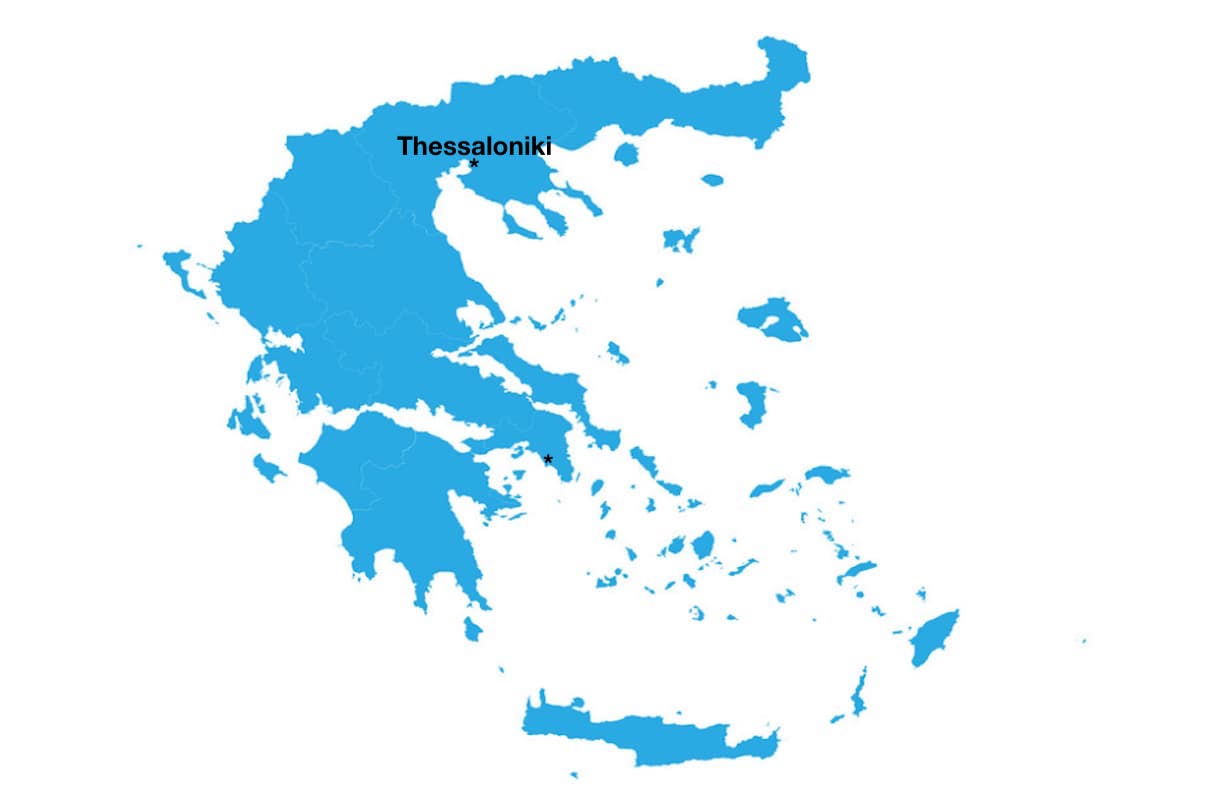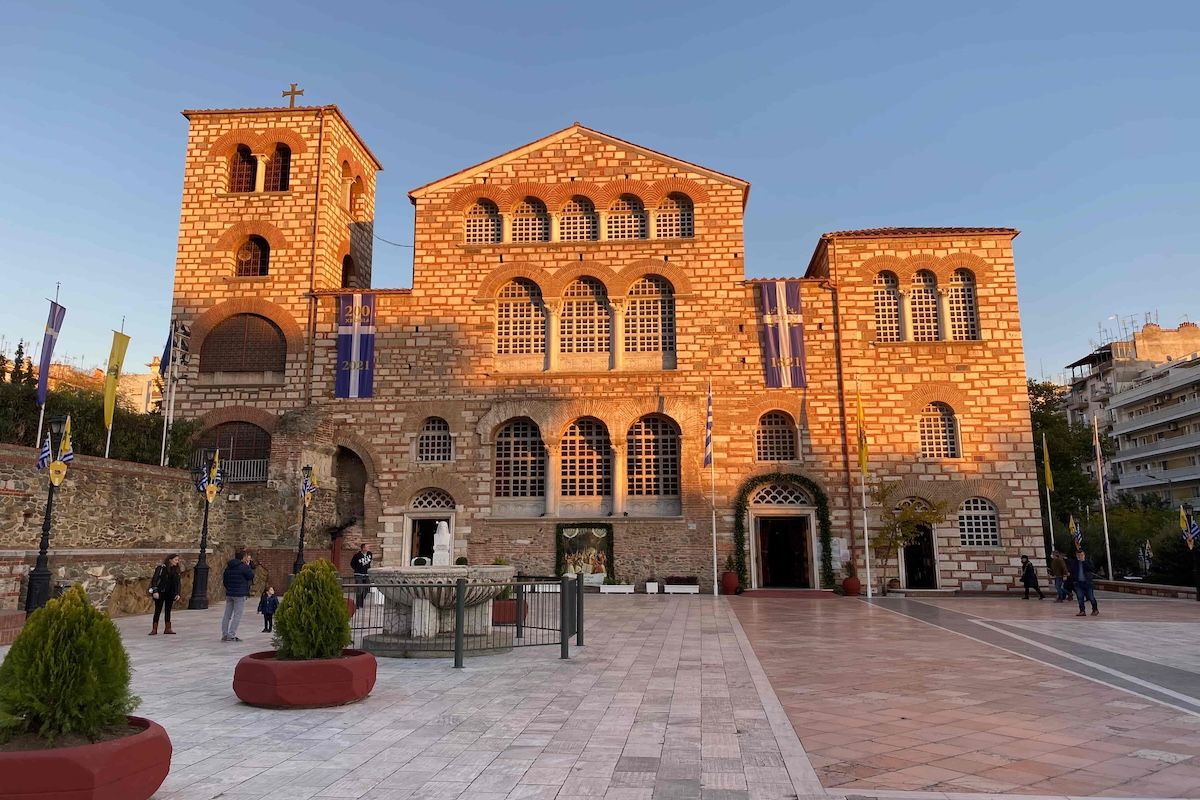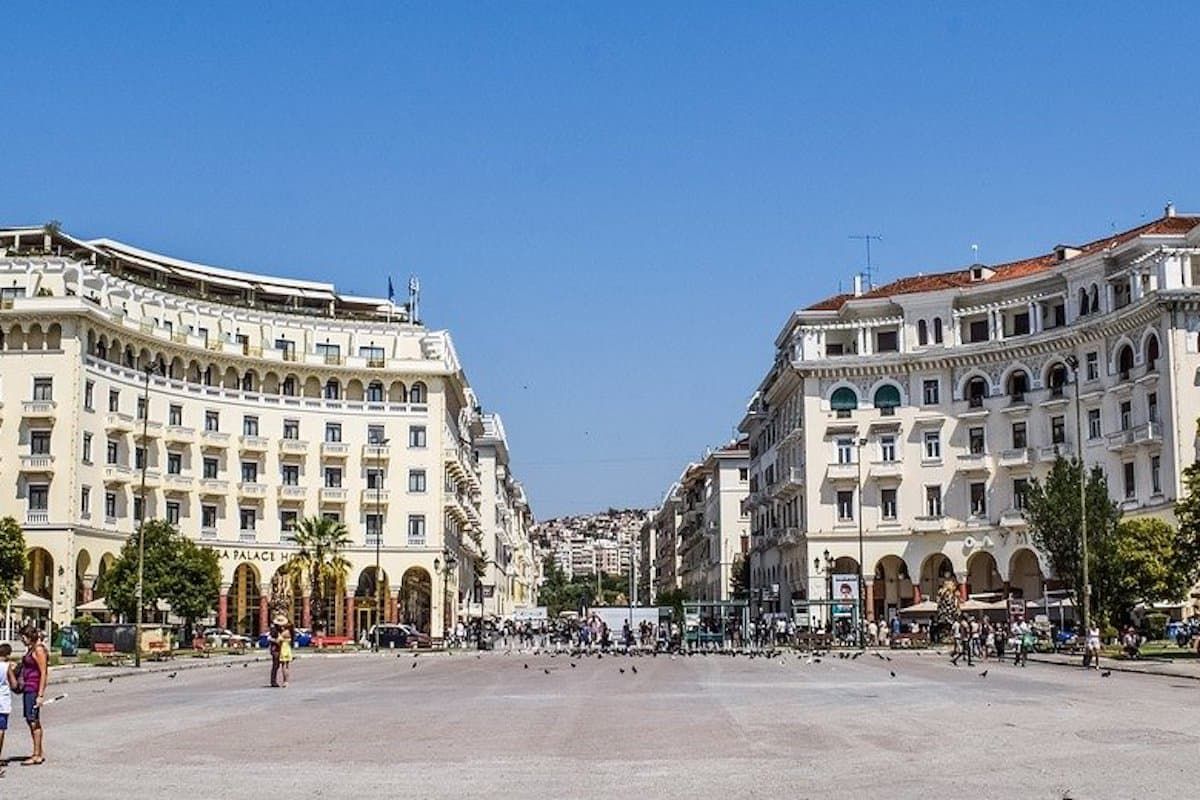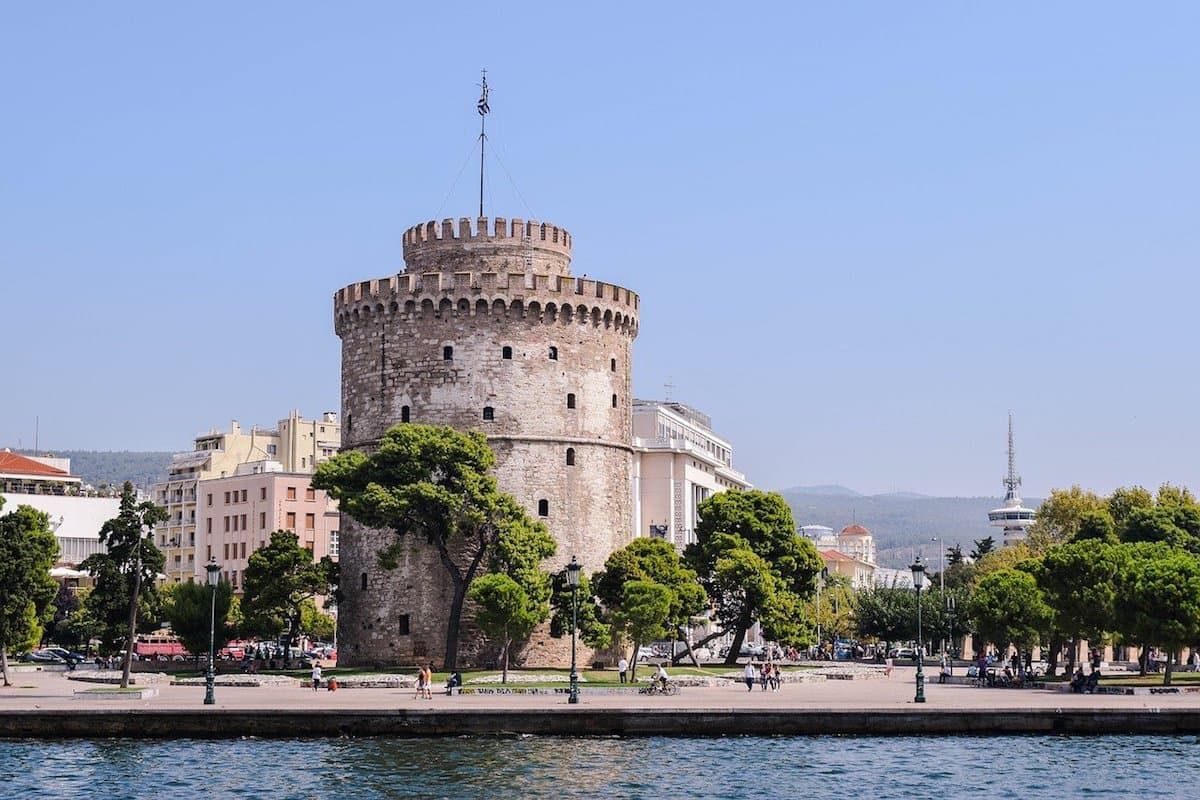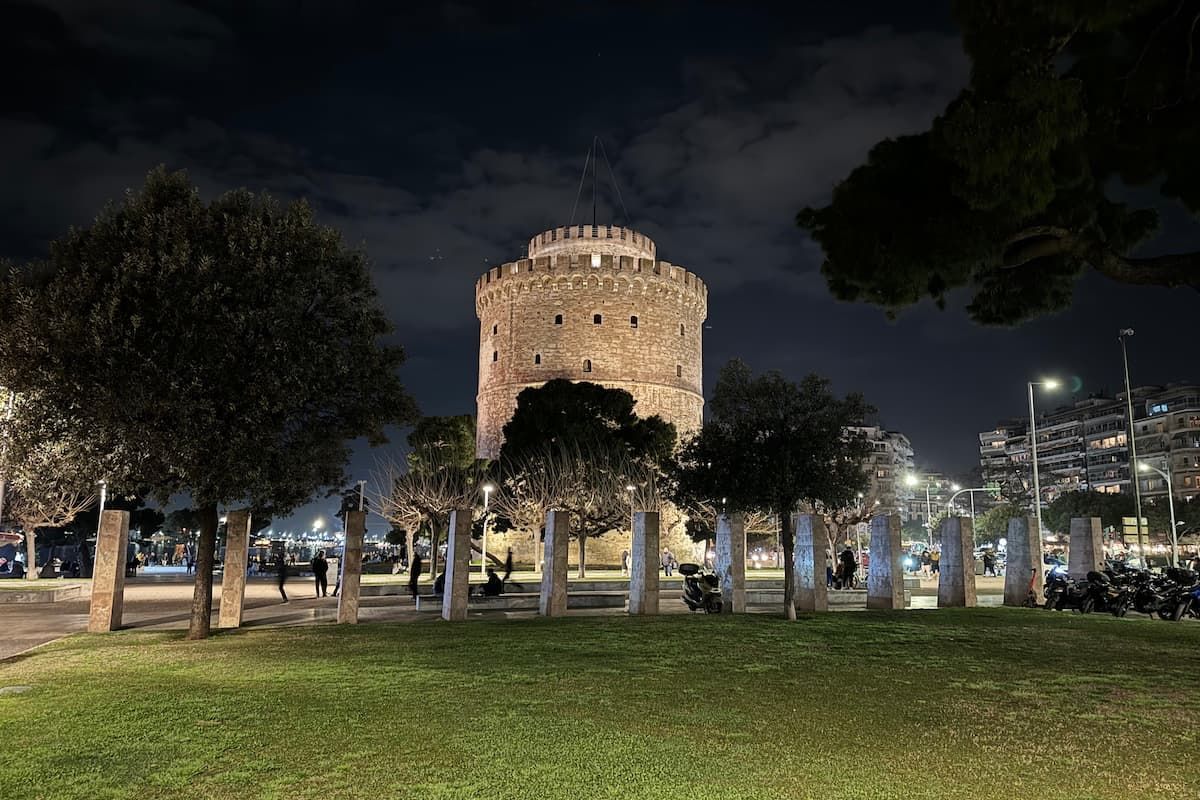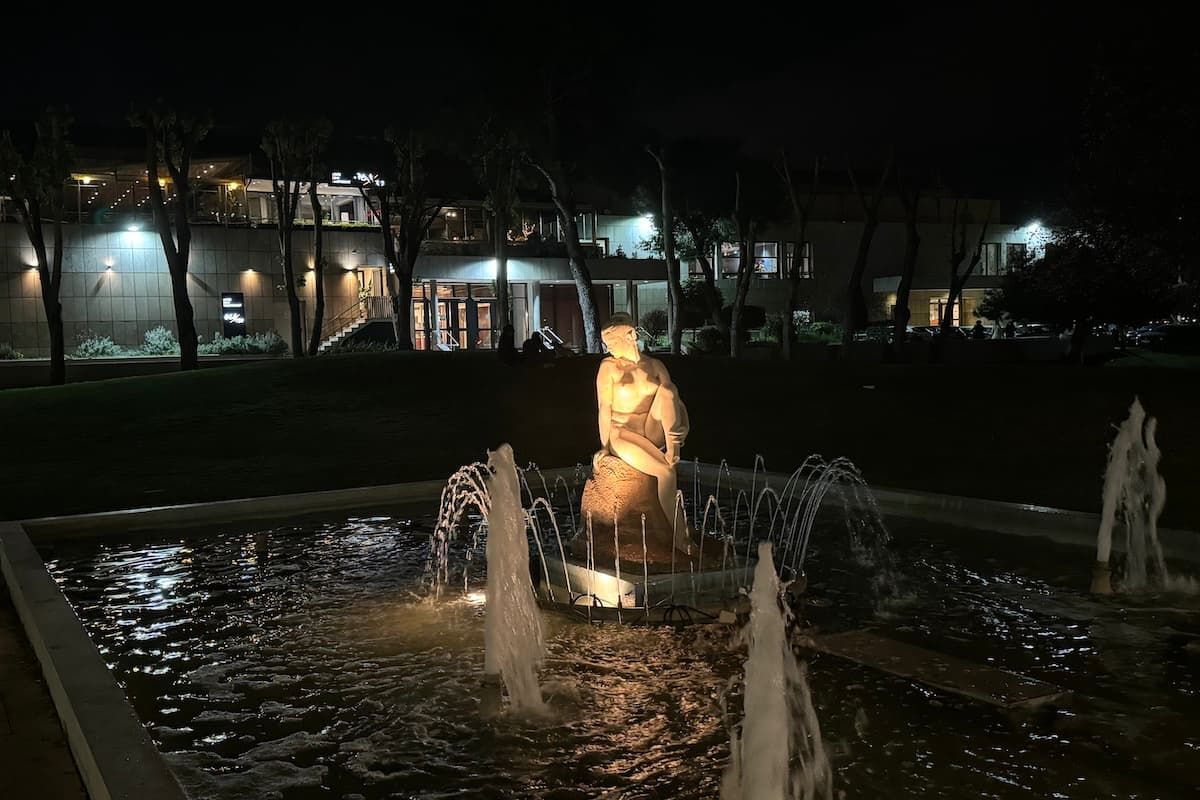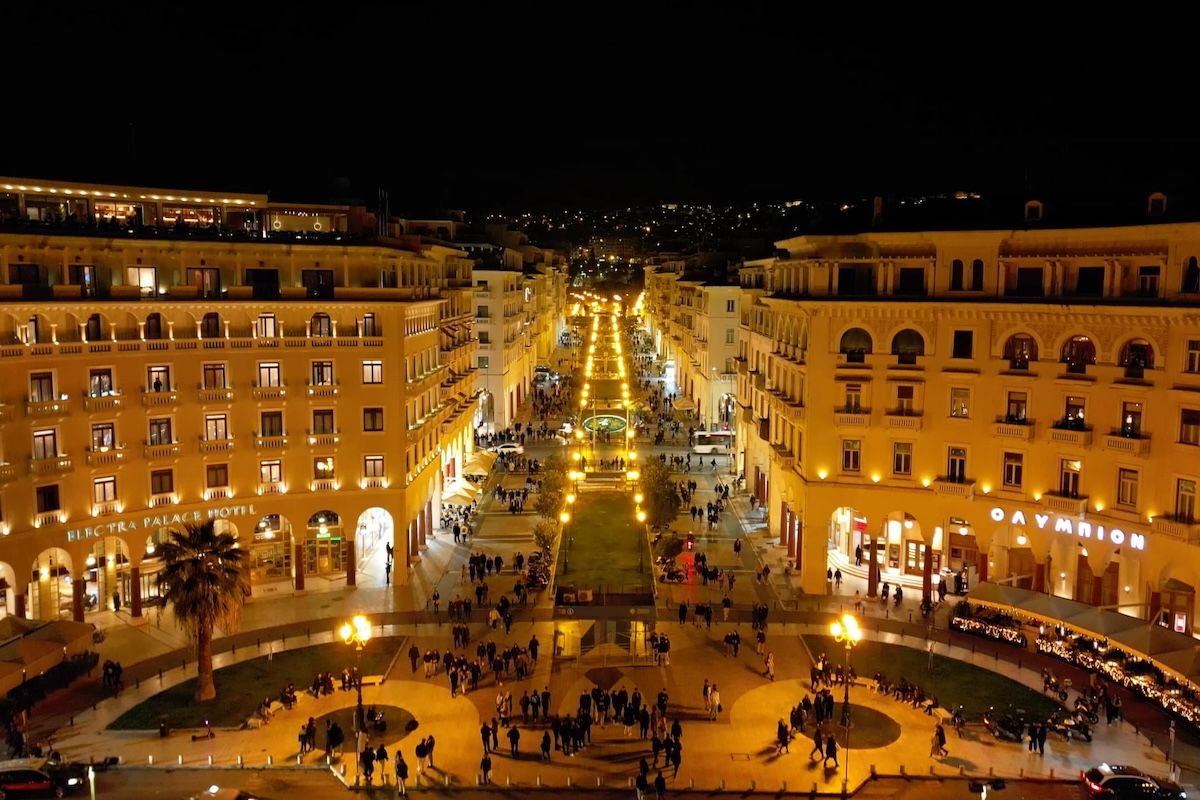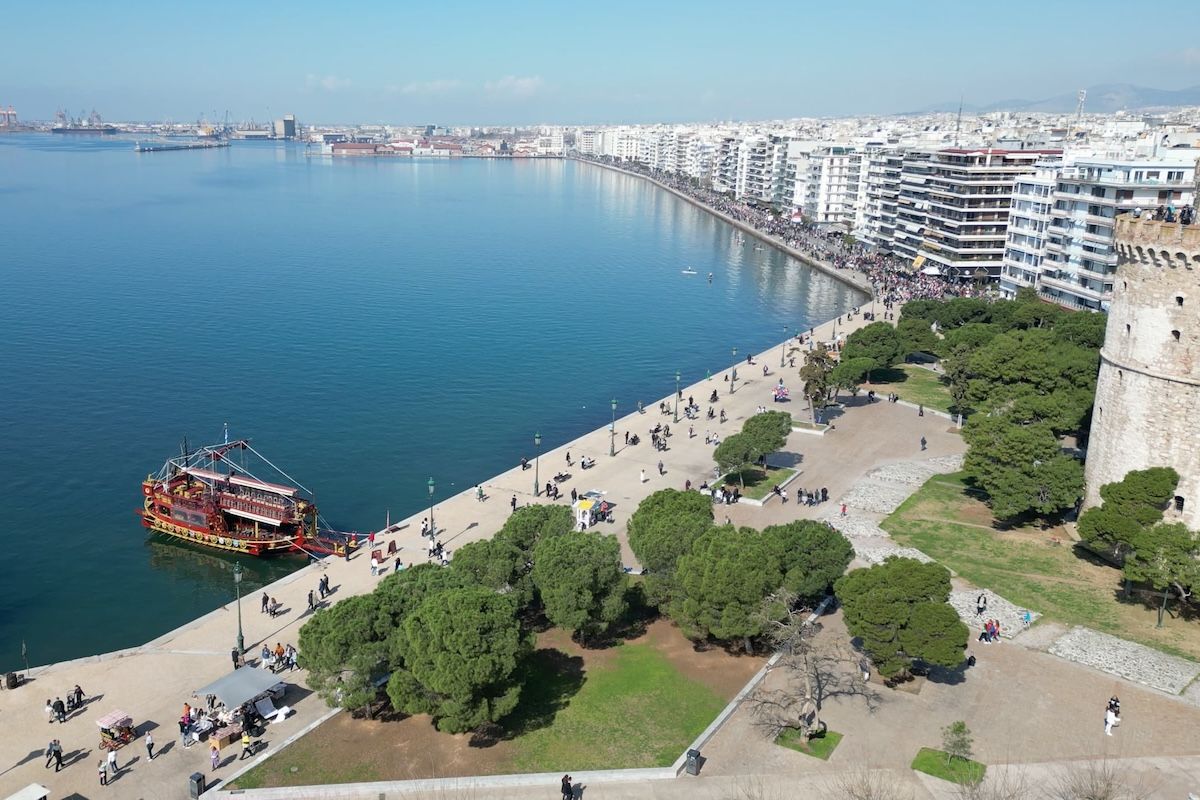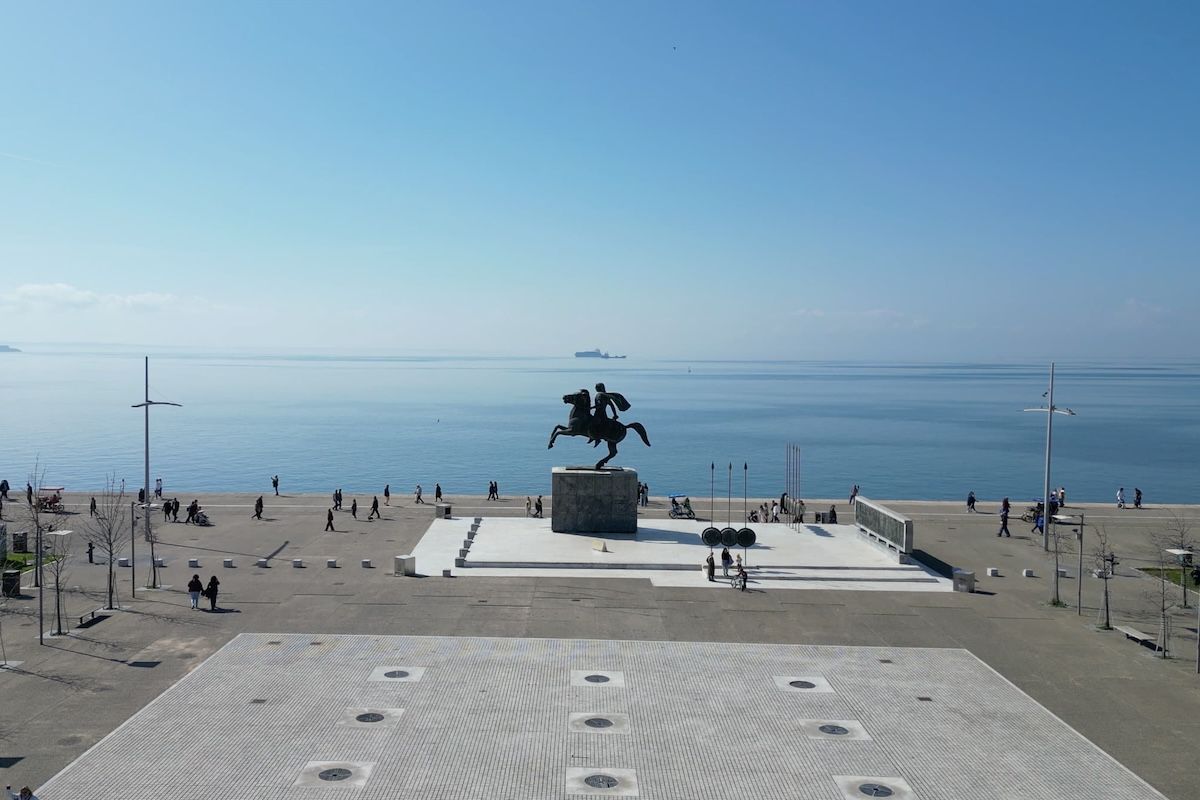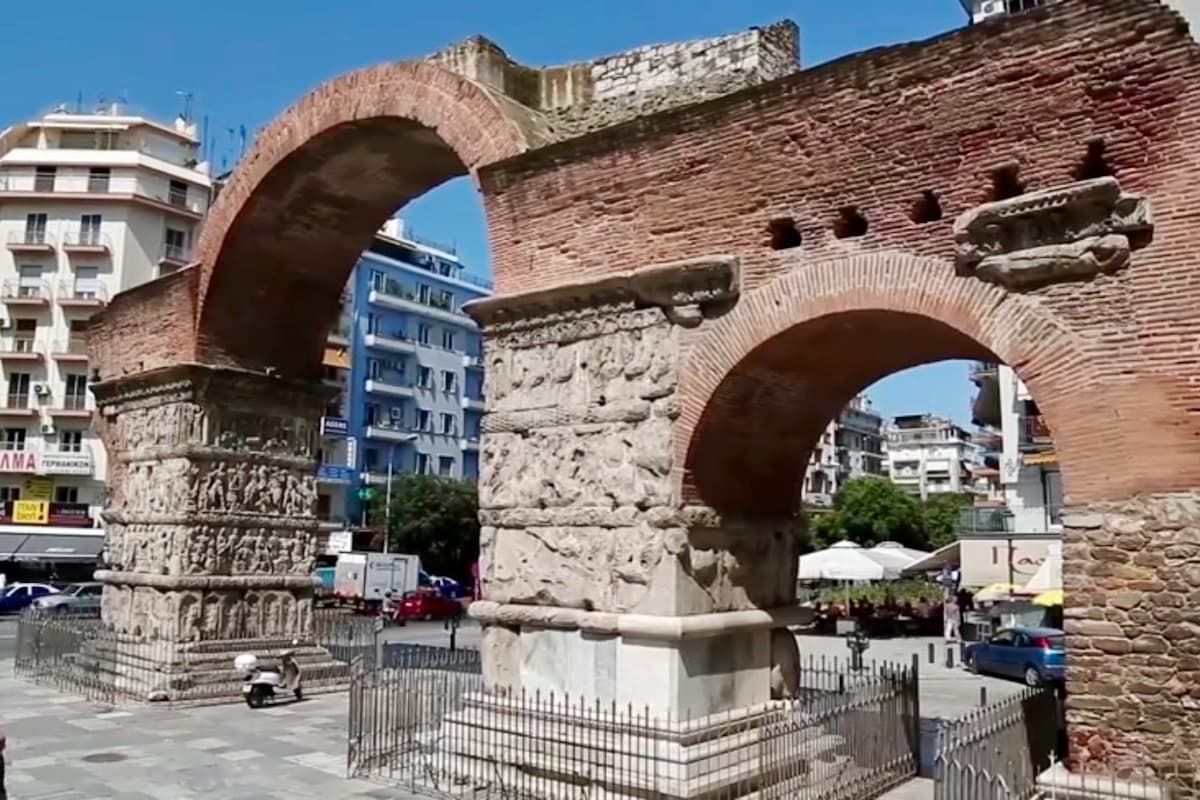THESSALONIKI PRIVATE TOURS
Greece Private Tours Thessaloniki
Top Destinations in Northern Greece. Private Tours Greece, Athens to Thessaloniki World Heritage Sites
Thessaloniki Private Tours
Private Tours Greece and our specialized tour operators provide customized and personalized private tours of Thessaloniki, one of the most important cities in Greece. Our tours allow visitors to explore the city's rich history, culture, and cuisine with a private guide creating a unique itinerary tailored to their interests and preferences. Private Tours Greece has got you covered whether you're interested in ancient history, Byzantine art, or traditional Greek food. Our knowledgeable guides will take you to the most important landmarks and attractions in Thessaloniki, including the White Tower, the Archaeological Museum, and the Church of Saint Demetrios. You'll learn about the city's fascinating past and present, interact with locals, and experience their way of life. Moreover, by choosing to embark on our Thessaloniki private tours with Private Tours Greece, you can travel at your own pace and make the most of your time in Thessaloniki. You won't be bound by a rigid schedule or hurried from one place to another. Instead, you'll have the liberty to linger in places that captivate you, capture memorable photos, and ask intriguing questions. Ultimately, if you envision a trip to Thessaloniki that promises an exhilarating adventure, Private Tours Greece is the ideal choice. Our exclusive and personalized Thessaloniki private tours offer a gateway to uncovering the city's hidden gems, fostering an environment where you can create cherished memories that will last a lifetime.
Thessaloniki - Rotonda - Galerius Arch - roman Agora - White Tower - Agios Demetrios Metropolis Church of Thessaloniki
Thessaloniki
Thessaloniki is the second-largest city in Greece and the most crucial center of Northern Greece. It is located 520 km north of Athens. King Cassander of Macedonia founded the city in 315 BC near the site of the ancient town of Thermai and 26 other local villages. The city was named after Cassander's wife, Thessaloniki, who was the half-sister of Alexander the Great and a princess of Macedonia. She was the daughter of Philip II. During the reign of Macedonia, Thessaloniki maintained its autonomy and became the most significant city in the region. Thessaloniki was designated as the capital of the Roman province of Macedonia in 148 BC and was granted free city status by the Roman Republic under Mark Antony in 41 B.C. Thessaloniki became a vital trading port on the Via Egnatia, connecting Dyrrhachium to Byzantium. This facilitated commerce between Thessaloniki and major commercial centers like Rome and Byzantium. Due to its significance in the Aimos peninsula, it later became the capital of the Roman Empire's Greek provinces. Thessaloniki was an early center of Christianity during the Roman Empire in 50 A.D. The Apostle Paul visited the city's synagogue on three Sabbaths during his second missionary journey, laying the foundation for Thessaloniki's first Christian church. Paul later wrote two letters to the new church in Thessaloniki, preserved in the Biblical canon as the First and Second Thessalonians.
Rotonda - Arch of Galerius
The Rotonda of Thessaloniki, also known as the Church of Agios Georgios, is a significant Roman monument in the city center. It stands next to the Arch of Galerius. In 306 AD, the Roman tetrarch Galerius built the cylindrical structure as his intended tomb. It was initially a temple, but the deity to which it was dedicated remains unknown. Galerius was buried in Felix Romuliana, modern-day Serbia, after he died in 311 AD. The Byzantine emperor Constantine I converted it into an Orthodox church in the 4th century A.D. The Ottomans occupied Thessaloniki in the 14th century and transformed the Rotonda into a mosque. The building has been restored and still stands today, with a minaret added. After the Greeks liberated Thessaloniki in 1912, the Rotonda was converted back into an Orthodox church, which remained until 1979. At that time, a strong earthquake caused severe damage to the structure. Today, the Rotonda functions as a sculpture museum, hosting various exhibitions. Its walls, which are over 6 meters thick, have protected the monument from time, sieges, and earthquakes. The Rotonda is among the oldest Orthodox churches and has a diameter of 24.5m. Since 1988, it has been included in the UNESCO list of World Heritage Sites and all Paleochristian and Byzantine monuments of Thessaloniki.
Roman Agora
The Roman Forum of Thessaloniki is located on the upper side of Aristotelous Square. It may have been built on the site of the Hellenistic agora. The forum is a large, two-terraced complex featuring a two-story stoa that was accidentally discovered in the 1960s. Additionally, the forum complex includes two Roman baths, one of which has been excavated and the other buried underneath the city. There is also a small theatre that was used for gladiatorial games. Although the original complex was not constructed during Roman times, it underwent significant refurbishment in the 2nd century. The forum and theatre are believed to have been used until the 6th century.
White Tower
Thessaloniki's most famous sight is the White Tower on the Paralia waterfront. It was built in 1430; the Ottomans added three such towers to the 8 km city walls. Today, it is an annex of the Museum of Byzantine Culture on several floors of small circular rooms. The original stone steps climb to the roof, which offers views of the Thermaic Gulf.
Agios Demetrios Metropolis church of Thessaloniki
Agios Demetrios is the Metropolis church dedicated to its Patron Saint of Thessaloniki. In 303 AD, he was martyred along with other Christians in the Crypt-catacombs beneath the church. A small Oratory was built there at the beginning of the 4th century. One hundred years later, the first church of Agios Demetrios was constructed, incorporating the crypt where the Saint was martyred. One hundred years later, the first church of Agios Demetrios was constructed, incorporating the crypt where the Saint was martyred. Additionally, a fountain was converted into a source of Holy Water. The crypt was filled with earth during Ottoman rule and rediscovered after the 1917 fire. The Archaeological Service restored it and converted it into an exhibition space in 1988. After the fire, the church took decades to fix and was finally reconstructed in 1949. Private Tours Greece is the best choice for an exclusive and personalized Thessaloniki guided private tour.
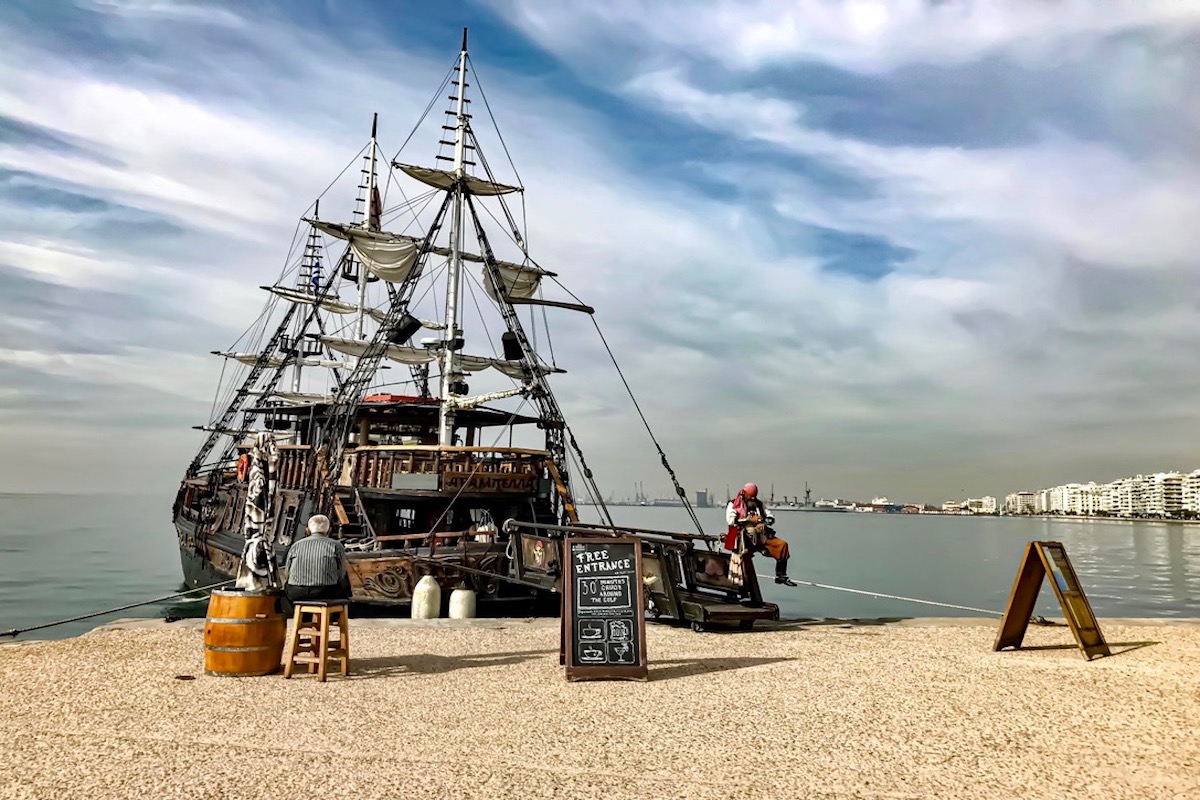
Thessaloniki
Cassandros, the city's founder, gave the city the name of his wife and half-sister of Alexander the Great, Princess Thessaloniki of Macedonia.
